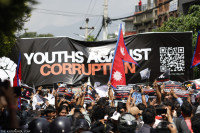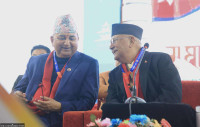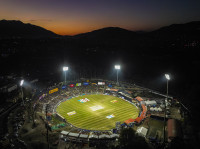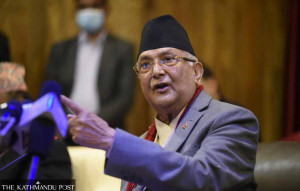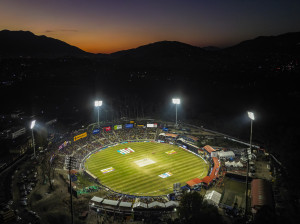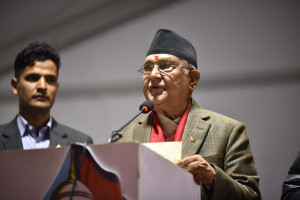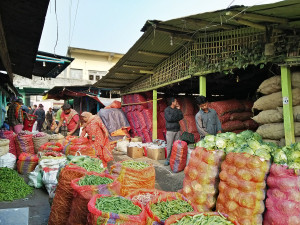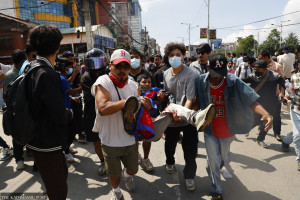Editorial
Bypoll takeaways
People have sent a clear message to old and new parties: Don’t take us for granted.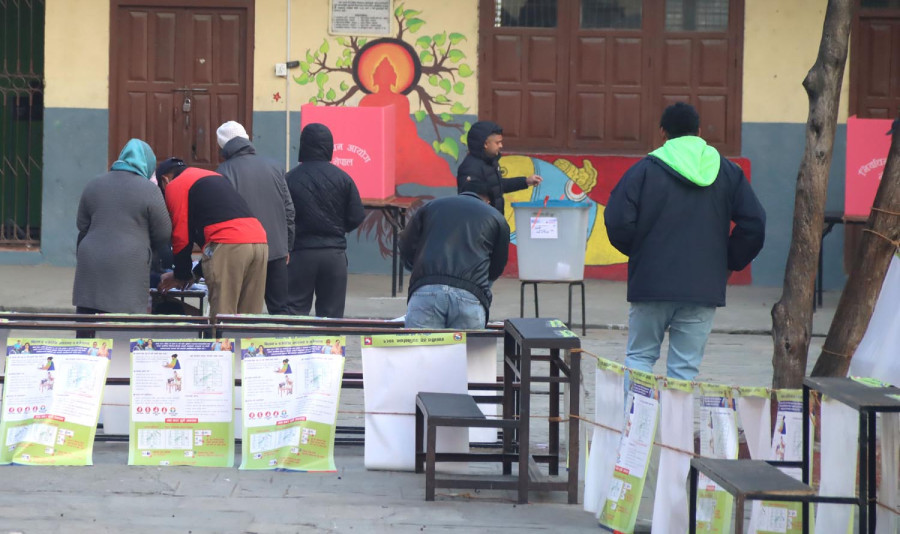
With the by-elections to elect 44 local representatives in 32 districts done and dusted, reviews and analysis of the final results are pouring in thick and fast. Given the palpable discontent against the parties from across the political spectrum, predicting the bypolls results was not easy. Leaders from the CPN (Maoist Centre) have been in a celebratory mood since Tuesday after winning a couple of important seats after years of electoral setbacks. The former rebel outfit that emerged the clear first party in the 2008 general elections had been consistently losing votes and seats in subsequent polls.
On the other hand, leaders from the CPN-UML don’t appear excited despite the party winning some important office bearer positions in different local units. The Nepali Congress, the largest party in the House of Representatives, lost some key positions in a few units as well. Unhappy with the results, the two largest parties have decided to review the outcomes through the respective party mechanisms.
One noteworthy feature of the recent bypolls was that voters this time showed little faith in the new forces, unlike in the previous polls. Traditional fringe parties like the Nepal Majdoor Kisan Party and the Madhav Nepal-led CPN (Unified Socialist) that failed to get national party status in parliament in the last general elections picked up a seat each this time. But new forces such as the Rastriya Swatantra Party (RSP) and the Janamat Party didn’t do well. The RSP won only a ward chair in Kathmandu while the votes garnered by its candidates in other local units were negligible. The RSP, which emerged the fourth largest force in 2022 barely six months after its formation, had done better in the by-elections in April 2023. However, it couldn’t maintain the momentum when a by-election was held to elect a federal lawmaker from Ilam in April this year. The Janamat Party, another outfit that emerged from the last general election, failed to get even a single seat this time. Interestingly, the voters also discarded forces like the Rastriya Prajatantra Party that champions revival of the Hindu monarchy. The pro-monarchy party, the fifth largest in the federal legislature, didn’t win a single seat in Sunday by-polls.
For long-term success, a political party needs to have clarity in its agenda and vision, a robust organisation, and strong bond with the general people. Elections are key yardsticks to gauge whether a political party has these strengths. There is broad consensus that the public is disenchanted with major political forces like the Congress, the UML and the Maoist Centre that have ruled this country by turns for the past two decades. People in previous elections gave a chance to new outfits as they were frustrated by the old forces’ failure to deliver.
The level of support these new forces got was perhaps not an endorsement of their vision and agenda, which are sketchy. While these forces succeeded in fanning anger against the incumbents, they failed to offer anything better. Experts caution against drawing hasty conclusions based on the results of elections held for just 44 local level seats. Yet the by-polls were held across all seven provinces, and covered the capital city Kathmandu to remote villages, hills to plains, east to west. In sum, Nepalis are giving a clear message to the political forces old and new: do not take our support for granted.




 14.12°C Kathmandu
14.12°C Kathmandu
